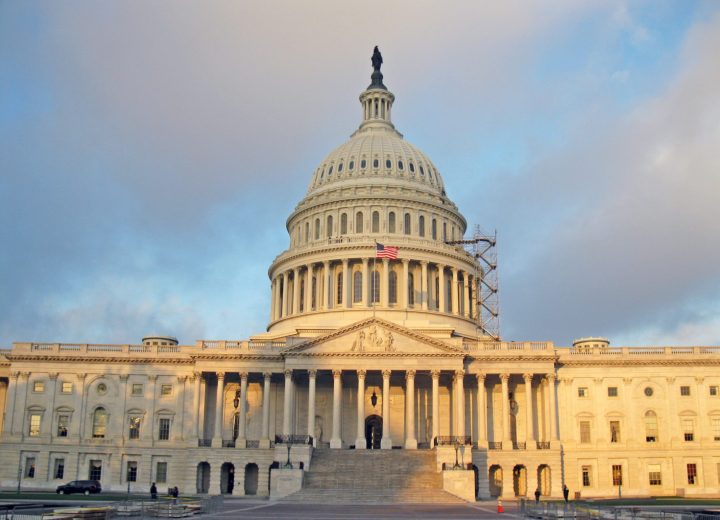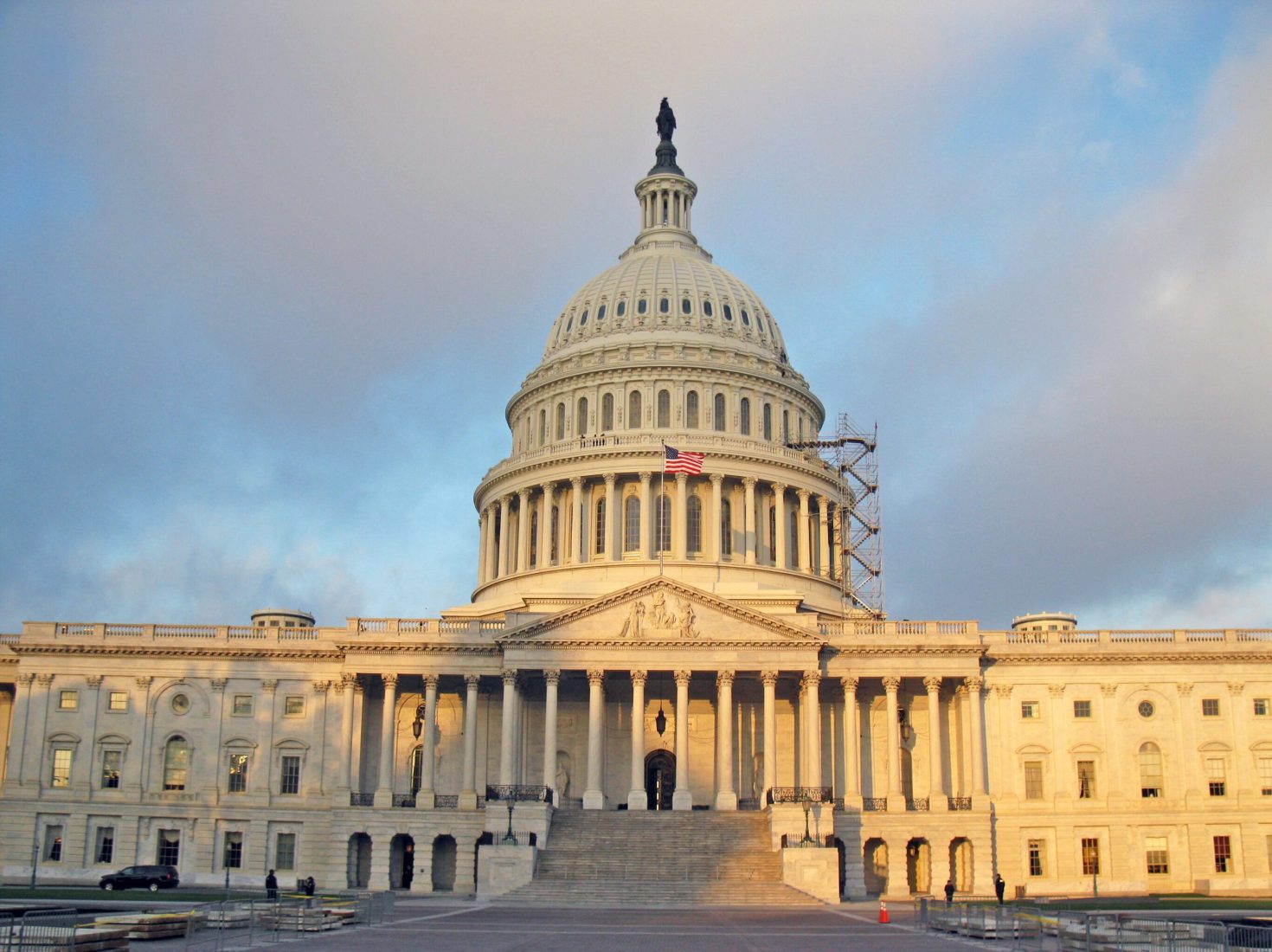Washington DC’s Energy Benchmarking Requirements Begin this Month
January 2010 marks the start of new energy use benchmarking requirements for large Washington, DC buildings under the Clean and Affordable Energy Act (CAEA). Enacted in 2008, CAEA is a comprehensive piece of legislation serving to establish, fund, regulate, and promote sustainable sources of energy. The bulk of the law is devoted to the details of the selection and oversight of a new Sustainable Energy Utility, as well as to the creation of incentive programs to encourage conversion to renewable energy.
Benchmarking
The amendments to the Green Building Act of 2006 made under the CAEA, while not the major thrust of the law, are of the greatest consequence to building owners and managers. Using the Energy Star Portfolio Manager benchmarking tool, building owners will be required to collect and record energy use data, according to the following timetable:
|
Benchmarking Schedule |
|
|
Currently: |
Buildings over 10,000sf owned or operated by the District of Columbia |
|
Beginning Jan. 2010: |
Privately owned buildings over 200,000sf of gross floor area |
|
Beginning in 2011: |
All buildings over 150,000sf |
|
Beginning in 2012: |
All buildings over 100,000sf |
|
Beginning in 2013: |
All buildings over 50,000sf |


